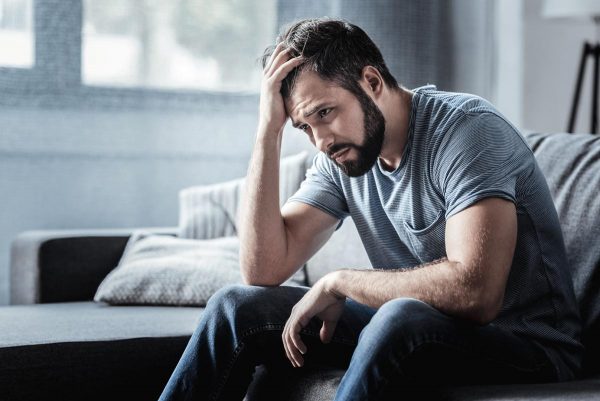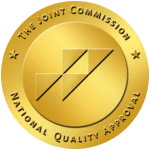Treating Prescription Drug Addiction

Prescription drugs are one of the world’s largest industries, with over 4.5 billion prescriptions written each year in the U.S. alone (to a population of 327 million). These pills which comprise everything from saline solutions to incredibly strong drugs like fentanyl. While the vast majority are taken according to a prescription, millions of Americans soon develop a prescription drug addiction to substances including painkillers, tranquilizers, stimulants, and sedatives which are either taken as part of a prescription or purchased illegally on the street.
Despite a 19% decrease in opiate prescription between 2005 and 2017, more than 189 million opiate prescriptions were
written in the United States in 2017. The CDC estimates that 17% of the United States population receives prescription opiates, with most receiving 3-4 opiate prescriptions each. As a result, somewhere between 26.4 and 36 million Americans are addicted to pain pills, resulting in over 45 overdose related deaths per year.
If you or a loved one is addicted to pain pills, it’s important to recognize the signs and symptoms, so you can safely get them help and get them into recovery.
Prescription drug addiction is dangerous, but it is important to stop, identify the addiction, and work to get help to prevent further harm.
Prescription Drug Addiction Symptoms
Recognizing a prescription drug addiction is one of the first steps to getting help. However, it can be difficult. Addicts respond to addiction in different ways, different types of prescription medication will have different effects, and the onset of symptoms can appear so slowly that you do not notice them.
Nearly all addicts will display some variations of the following symptoms:
- Taking more of a prescription pill than is recommended by their prescription
- Constantly thinking about, talking about, focusing on using
- Hiding pill usage, acting guilty about pill usage, lying about taking pills
- Consuming more pills, combining pills with other substances
- Doctor shopping, acquiring pills outside of their prescription
- Shifts in personality such as withdrawing from friends and family or hobbies
- Increases in reckless behavior, late-days, criminal activity, mood swings, aggressiveness, depression
- Drug seeking behavior
- Inability to quit or cut back despite negative impacts on their life
In most cases, if an individual is taking prescription medication outside of their prescription, even if it’s just with alcohol or an occasional thing, they are abusing the drug and it is problematic.
Prescription Drug Addiction Withdrawal
Prescription drugs include a wide range of substances such as analgesics (typically opiates), sedatives and tranquilizers (benzodiazepines), and stimulants (methylphenidate, amphetamines). The withdrawal profile of each of these drugs can be dramatically different, but most will display the same types of withdrawal symptoms.
- Anxiety and depression
- Paranoia
- Irritability and mood swings
- Lethargy and low energy
- Insomnia or sleep problems
- Cold/Flu Symptoms such as runny nose and eyes
- Hot/cold flashes and sweats
- General malaise / muscle aches
- Nausea, vomiting, and diarrhea
- Fever
- Irregular heartbeat

In some cases, these symptoms will be accompanied by more severe withdrawal symptoms such as seizures in the case of benzodiazepines, hallucinations, extreme paranoia, and agitation. It’s important that anyone withdrawing from a prescription medication have a medical professional monitor their progress and health to prevent complications.
The drug detox and withdrawal timeline can take anywhere from 4-15 days (average) to upwards of 90 days, especially with long-acting benzos and long-acting opioids. This means that it’s important to understand the drug or drugs being abused before attempting withdrawal.
Prescription Drug Addiction Treatment
Getting treatment for a prescription drug addiction typically means seeking out a medical professional, detoxing under professional care, and then seeking out therapy. In most cases, a single treatment facility can help with each step in this process, starting with tapering down drugs such as benzodiazepines, which can be dangerous to quit immediately. You may also be prescribed medication to reduce withdrawal symptoms and to speed up recovery. Once you’ve gone through detox, treatment involves behavioral therapy, counseling, and group therapy, which will help you recognize problems, tackle issues underlying addiction, and learn to cope with cravings.

